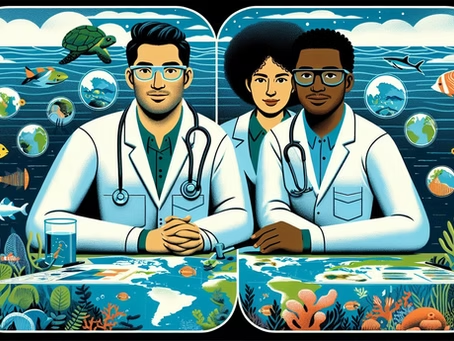Collaborative Conservation: Partnerships Driving Marine Protection
Safeguarding our oceans requires a multifaceted approach that blends policy, science, community action, and global collaboration. From marine protected areas (MPAs) to sustainable fishing and citizen science, each element plays a vital role in protecting marine biodiversity and ensuring the resilience of our blue planet.
Strategic Conservation Approaches
Enhancing Marine Protected Areas
- Establishing no-take zones where marine life can thrive undisturbed
- Balancing fishing through regulated zones that protect both ecosystems and livelihoods
- Ensuring enforcement and long-term monitoring for real impact
MPAs act as underwater sanctuaries, helping ecosystems recover while supporting future generations. Effective management ensures these areas remain safe havens for marine life.
Harnessing Innovative Technologies
- ROVs and underwater drones reveal deep-sea ecosystems
- Tagging and tracking uncover the migration paths of marine species
- Biotechnology and marine medicine offer new opportunities for conservation
Technology provides powerful tools to study, protect, and restore marine environments while driving sustainable solutions.
Community Engagement and Public Involvement
Local action creates global impact. From beach cleanups to school programs, community-driven initiatives cultivate stewardship and lasting awareness.
- Hands-on activities like cleanups reduce pollution and inspire participation
- Education programs instill lifelong respect for marine ecosystems
- Citizen science empowers individuals to contribute to ocean research
Policy and Legislation: Anchoring Ocean Protection
International Agreements
Global frameworks such as the UN Sustainable Development Goals and the Paris Agreement guide cooperation on marine issues, climate action, and biodiversity protection.
National and Regional Action
Governments implement laws against overfishing and pollution, while regional plans integrate traditional knowledge and tailor strategies to local ecosystems.
Safeguarding Marine Life
Protecting Endangered Species
From sea turtles to whales, conservation groups and global agreements work together to protect vulnerable species. Public awareness and direct intervention are crucial to ensuring their survival.
Restoration Projects
Coral gardening, seagrass rehabilitation, and mangrove restoration provide habitats with a second chance. Local community involvement is essential for lasting success.
Global Commitment and Sustainable Practices
- Awareness campaigns inspire collective action
- Businesses adopt sustainable fishing, eco-friendly transport, and certified practices
- Conservation dialogues unite diverse voices for ocean health
Together, these efforts demonstrate that protecting the ocean is both a shared responsibility and a shared benefit.
Sustainable Fishing: Balancing Harvest and Conservation
Sustainable fishing ensures healthy stocks and thriving ecosystems through selective gear, fishing quotas, and certification programs like the Marine Stewardship Council. Community-led fisheries empower locals to manage resources responsibly and preserve cultural traditions.
Citizen Science: Empowering Everyday Explorers
- Recording sightings of marine mammals
- Monitoring water quality
- Sharing data with scientists to guide conservation strategies
Citizen science democratizes research, allowing people worldwide to play a direct role in protecting marine ecosystems.
Conclusion
Marine conservation is a collective journey requiring the dedication of governments, businesses, scientists, and communities. By combining policy, technology, education, and grassroots initiatives, we can safeguard ocean health and ensure its wonders endure for generations to come.

